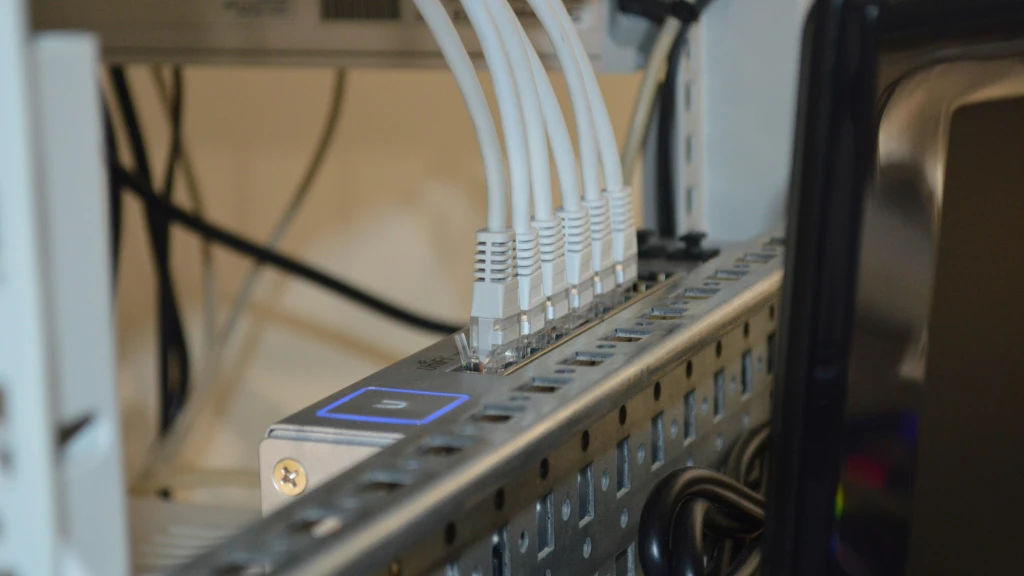Types of IP Addresses: Static and Dynamic
Visits: 475

If you've ever wondered about IP addresses and how they work, you're in the right place. Understanding IP addresses can help you better understand your internet connection and how different devices communicate with each other. Today, we will dive into the two main types of IP addresses: static and dynamic.
What is an IP Address?
An IP address (Internet Protocol address) is a unique string of numbers and periods that identifies each computer using the Internet Protocol to communicate over a network. Think of it as your computer's home address, allowing information to find its way to and from your device.
Static IP Addresses
A static IP address is one that doesn’t change. Once your device is assigned a static IP address, it remains constant. Here’s a breakdown of static IP addresses:
Advantages:
- Consistency: Ideal for hosting servers or any application that requires a consistent address.
- Reliability: Easier to locate and maintain remote access to devices like CCTV systems or printers.
- Convenient for Remote Work: Makes connecting to a home network from remote locations simpler and more reliable.
Disadvantages:
- Cost: Typically, Internet Service Providers (ISPs) charge extra for static IP addresses.
- Security Risks: Since the IP address does not change, it can be easier for hackers to target the device.
Example Uses:
- Hosting websites
- Email servers
- Online gaming servers
Dynamic IP Addresses
A dynamic IP address is one that changes periodically. Most home networks use dynamic IP addresses, which are assigned by the ISP’s DHCP server. Here’s a breakdown of dynamic IP addresses:
Advantages:
- Cost-Effective: Usually, there are no additional charges for dynamic IP addresses.
- Security: Frequent changes in IP addresses make it more difficult for hackers to target your device.
- Easy Setup: ISPs typically handle the assignment and management of these addresses, reducing the need for user intervention.
Disadvantages:
- Less Reliable for Remote Access: Can be problematic for applications that require a consistent IP address.
- Potential Downtime: Changes in IP addresses can lead to temporary disconnections.
Example Uses:
- Regular home internet usage
- Browsing the web
- Streaming videos
Static vs. Dynamic IP Addresses: A Comparison
To make it easier to understand the differences between static and dynamic IP addresses, here’s a quick comparison table:
| Feature | Static IP Address | Dynamic IP Address |
|---|---|---|
| IP Change Frequency | Rarely changes | Changes periodically |
| Cost | Usually more expensive | Typically included in standard ISP service |
| Ease of Setup | Requires manual configuration | Automatically assigned by DHCP |
| Reliability | Highly reliable for specific tasks | May experience brief periods of unavailability |
| Security | More vulnerable due to consistency | More secure due to frequent changes |
| Ideal For | Servers, remote access, and hosting | General home use, web browsing, streaming |
Conclusion
Both static and dynamic IP addresses have their own sets of benefits and drawbacks. Choosing the right type for your needs depends on how you plan to use your internet connection. For most home users, dynamic IP addresses are sufficient and cost-effective. However, if you run a server or need consistent remote access, a static IP address might be the better option.
Understanding these differences can help you make more informed decisions about your internet setup and ensure you get the best performance for your needs. If you have more questions or need further assistance, feel free to explore our blog or contact us directly!
By providing this information, we hope to make your internet experience smoother and more secure. Thank you for visiting our blog, and happy browsing!
- All Categories
- Basics of the Internet 21
- Internet Security and Privacy 18
- VPN and Protection Tools 23
- Optimizing Internet Performance 15
- Device and Software Management 17
- Wi-Fi and Home Networks 15
- Data backup 16
- Social Media and Security 16
- Cloud Technologies and Storage 18
- Internet of Things (IoT) Devices 14
- Linux 16
- Mobile security 15
- Setting up home networks 14
- Digital Legacy 14
- IT Education 15
- Cyber threats 17
- File sharing and security 15
- The future of technology 14
